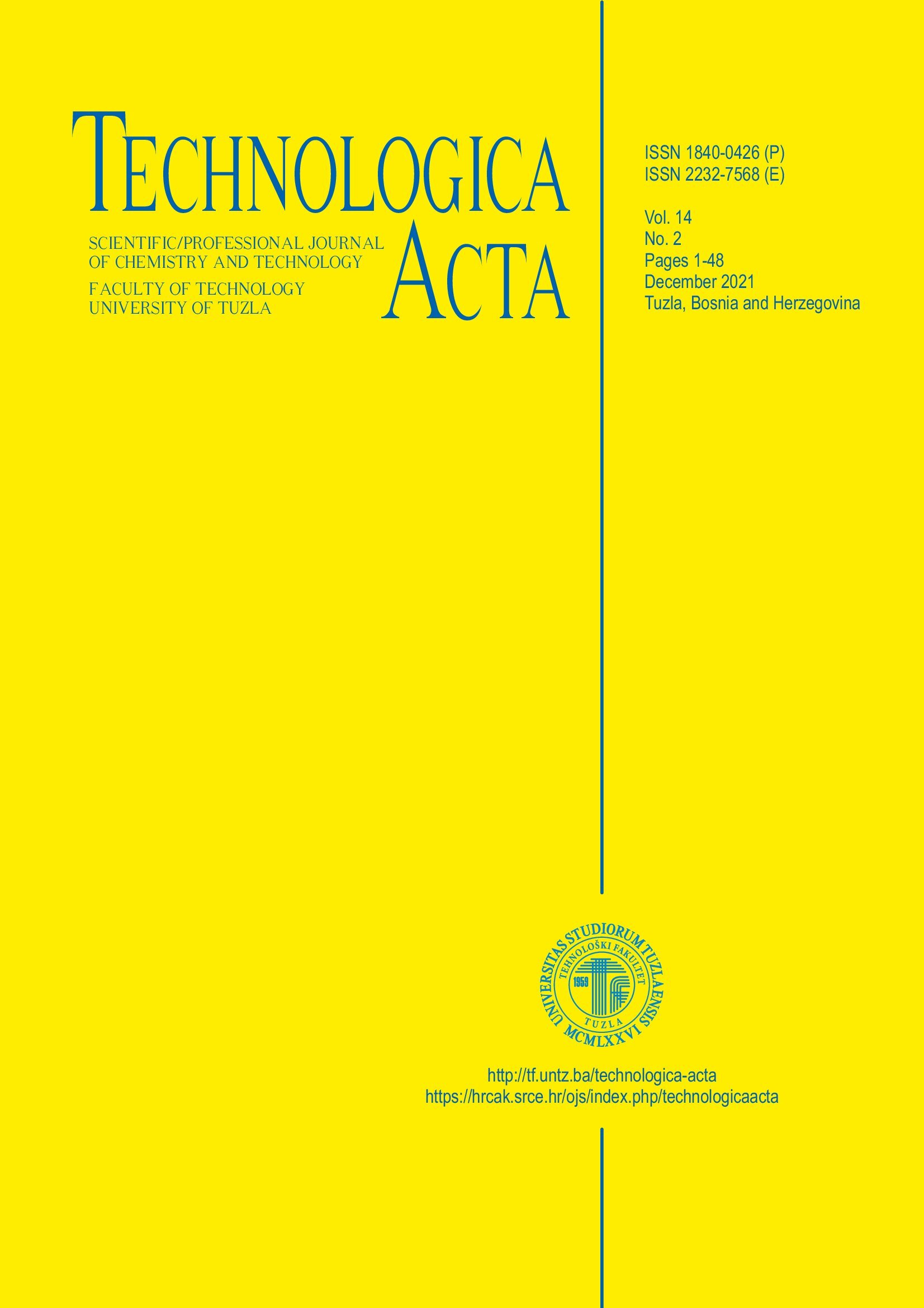Efficiency of degreasing by dishwashing detergents
Keywords:
degreasing, fat, dishwashing detergents, surfactantAbstract
Consumption of agents for manual and machine washing of dishes is constantly increasing. Although the growth of the use of dishwashers is evident, hand dishwashing is still dominant in our region. A good dishwashing detergent must effectively remove food residues and degrease the surface of dishes, made of different materials, while the surfaces of washed dishes should remain smooth, shiny with a pleasant smell of freshness. The requirements of consumers-users of these funds are, in addition to the listed basic functions, also practicality of handling and dosing, pleasant smell and mild action on the hands and acceptable price. The aim of this paper is to examine the degreasing efficiency of commercial detergents from our market on four types of fats. In addition to commercial dishwashing detergents, whose composition is known only roughly indicated in the producer declaration, was tested a laboratory prepared sample with exactly known composition. All tests of the degreasing ability of dishes with different types of impurities were performed under the same conditions with a change in the concentration and type of detergent, and according to the method used by some industrial detergent manufacturers. It was found that in addition to the concentration of detergent in the washing solution, the degreasing efficiency is affected by the type and concentration of surfactants, as well as auxiliary components that are part of the product.


